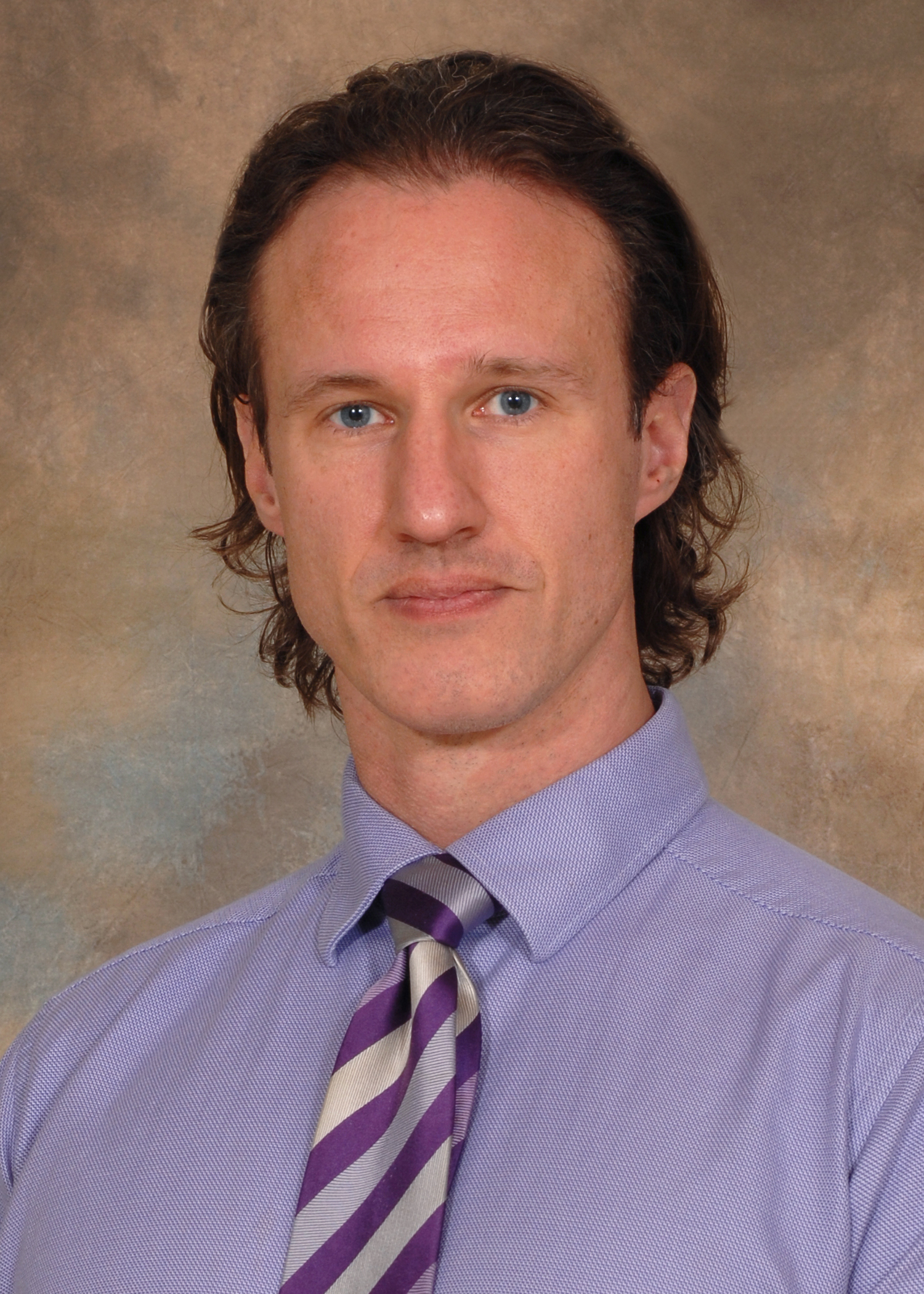Tailored Nutrition Advice at the Grocery Store Works: SuperWIN
The study is “intriguing,” says Athena Poppas, but whether the results will broadly apply—or last—remains to be seen.

WASHINGTON, DC—(UPDATED) Coaching individuals on-site at the supermarket can help them adhere to a healthier diet, even more so when such education is accompanied by training on how to use digital tools like shopping apps, researchers have found.
The trial, known as Supermarket and Web-based Intervention targeting Nutrition (SuperWIN), took place at 13 Kroger grocery stores in the Cincinnati, OH, metropolitan area. Kroger, the largest supermarket chain in the United States, partially funded the study and provided additional support, including clinic space and equipment.

Dylan L. Steen, MD (University of Cincinnati Medical Center, OH), who presented the late-breaking results today at the American College of Cardiology (ACC) 2022 Scientific Session, told TCTMD that the study is a unique collaboration between academic researchers and retail.
The goal, he said, was “to try to understand how we could change dietary education by utilizing supermarkets, supermarket-employed dieticians who also have an expertise on the full food inventory, and the purchasing data, which the retailers have been collecting for decades but which could be refined for healthcare purposes.” They also wanted to see how newly available technologies could aid in the effort.
Retail spaces are a new means of connecting patients with healthcare, said Steen. “These companies sit embedded within the fabric of every community. And the reality is, they’re convenient, accessible, incredibly customer-centric—there’s a lot in healthcare we could learn from how they deliver [their products]. And they have enormous data abilities, as well.”
Having data on when and where people are eating allows for personalized nutrition advice, he added. “So if someone was eating on the road in the morning, stopping at McDonald’s every day, the dietician knew that and could say, ‘Let me find you something—I get it. You can’t make breakfast at home, [so] let’s get something where you can take it in the car with you but it’s healthy.’” SuperWIN’s advice encouraged the DASH diet, taking into account food preferences as well as budget, said Steen.
Athena Poppas, MD (Lifespan Cardiovascular Institute and Brown University, Providence, RI), immediate past president of the ACC, said it’s no surprise to see that the interventions worked. SuperWIN, she told TCTMD, supports the argument for team-based care.
Physicians sitting down with patients, “broadcasting in 10 minutes all of that level of detail,” isn’t enough, Poppas said. A registered dietician “really does know a lot more than the 3 hours of nutrition that I got in medical school, or the [knowledge] I try to stay up on.”
Moreover, it’s important to meet patients where they are, whether that’s pharmacies and drugstores or at church, for instance. “We saw it with the barbershop study in the past, that other settings may be more comfortable and more impactful,” she stressed, adding that it’s good “do something tangible” as they did here, walking around a supermarket discussing nutrition rather than just reading through educational materials.
It’s crucial to come at the issue of nutrition advice from a new angle, “because whatever we’ve been trying to do has not been as effective,” Poppas stressed.
SuperWIN
For SuperWIN, Steen and colleagues screened 486 patients in a university-based primary care network. Some of these individuals were unwilling or unable to modify their diets, didn’t want to be randomized, or didn’t complete the necessary first steps, and thus didn’t continue in the study. Ultimately, the researchers enrolled 267 participants (median age 58 years; 69% women) with one or more CVD risk factors. Between April 2019 and February 2021, they were randomized 1:2:2 to receive:
- Control: standard-of-care medical nutrition therapy (30 minutes)
- Strategy 1: the medical nutrition therapy (30 minutes) plus individualized, point-of-purchase education on nutrition (six hour-long sessions)
- Strategy 2: the above interventions plus stepwise training in the use of technologies like online shopping
The educational sessions were conducted at each participant’s preferred store, in the clinic or aisles. Twenty patients ultimately dropped out due to the COVID-19 pandemic, leaving 247 for analysis. Around three-quarters were white, married or living with a partner, and working full-time. Most were obese. Approximately four in 10 were on cholesterol-lowering drugs, while seven in 10 were on antihypertensives.
Notably, said Steen, 99% of patients given strategy 1 or 2 attended through the full intervention in the non-COVID era. In the pandemic, attendance still was around 80%.
Changes in diet were measured by DASH score, which reflects how well people are adhering to DASH-recommended servings for grains, vegetables, fruits, dairy, meat/poultry/fish/eggs, nuts/seeds/legumes, fats/oils, sweets, and sodium. The score is measured on a scale of 0-90, with higher scores representing better diets.
At baseline, DASH scores were 45.2, 44.4, and 43.2. Between baseline and 3 months, all three study arms saw their DASH scores improve: by 5.8 points in controls, by 8.6 points with added education, and by 12.4 points with added education plus technology training. Together strategies 1 and 2 increased DASH score by 4.7 points compared with standard of care (P = 0.02), and strategy 2, with the addition of technology training, outperformed strategy 1 (P = 0.01). Within the subgroup of 109 pre-COVID patients, the education increased DASH score by an even greater degree, by 8.3 points (P = 0.001).
At 6 months, the advantages seen with strategies 1 and 2 versus the control where no longer significant. However, speaking with TCTMD, Steen called attention to the within-group improvements from baseline. These were mostly sustained up through 6 months, he said.
Poppas called the SuperWIN results “intriguing,” but she said that the question is how long the new habits will last.
Another issue she raised is whether there will be universal appeal for patients. Some of the initial 496 people screened for participation did not take part, Poppas pointed out, so those who did opt in were “a motivated group.” Generally speaking, the study population tended to be young, female, white, and employed. And when thinking about health equity, “food deserts” could be a real-world obstacle, she noted, and fresh vegetables and fruit can be costly.
As to what should come next, Steen said he hopes SuperWIN sparks conversations about new collaborations that can “help the modern healthcare system evolve.”
Eileen Handberg, PhD (University of Florida, Gainesville), discussing the findings after Steen’s presentation, agreed that “this is an important paradigm shift in nutrition lifestyle intervention.” She, too, pointed out that these participants were a “relatively affluent, educated group going to a Kroger. . . . So how do you see this playing out in a more underserved population whose grocery stores may be totally different from the Kroger model?”
Steen, noting that one-third of households had annual incomes exceeding $125,000, said, “It’s a great question.” He pointed out that the US government’s Supplemental Nutrition Assistance Program (SNAP) is looking at whether online tools, home delivery, and other resources might alleviate some of the barriers to dietary intake. “In the future we probably need a bigger study in more communities,” said Steen, adding, “I think if we do a broader, more generalizable study we could get at that question. But the opportunity is certainly there,” with smartphones and healthcare apps proliferating across society.
ACC Program Chair Pamela Morris, MD (Medical University of South Carolina, Charleston, who co-moderated the session, asked if Kroger had a commitment to ongoing education at their stores: “How do we finance and how do we make this extend long-term beyond just a short clinical trial?”
Retail-based healthcare is on the rise, irrespective of SuperWIN, said Steen. To create sustainable programs, “having the evidence base will be critically important. I used to have a mentor who said, ‘If you can show the data, you can find the dollars.’ So I think validation is an enormous part of this evolution . . . , not only to figure out what works best but also to engage payers and others in the process of supporting these types of interventions,” he stressed, adding, “Research is going to be a huge part of cementing that in and helping us understand what we should do, for whom.”
Caitlin E. Cox is News Editor of TCTMD and Associate Director, Editorial Content at the Cardiovascular Research Foundation. She produces the…
Read Full BioSources
Steen DL. A multisite, randomized, controlled trial of a supermarket and web-based intervention targeting nutrition for cardiovascular risk reduction. Presented at: ACC 2022. April 3, 2022. Washington, DC.
Disclosures
- SuperWIN received partial funding and other support (eg, clinic space and equipment, study dietitians, and purchasing data) from the Kroger Company.
- Steen reports serving as a consultant to Sanofi and being CEO/cofounder of High Enroll, LLC.




Comments